Progress Oman
Futuristic planning
Mega power projects are underway to meet the growing demand for energy in the Sultanate


Oman’s population growth, tourism and industrial developments are driving demand for power, which is expected to grow at an annual rate of 10 per cent in the main inter-connected system (MIS) areas between 2015 and 2020. The demand will grow at this rate to touch 5,023 megawatt by 2020 in this region, which includes Governorates of Muscat and Buraimi, and most of the Governorates of Al Batinah North, Al Batinah South and Al Dakhiliyah along with Al Sharqiyah North, Al Sharqiyah South and Al Dhahirah, serving around 736,000 consumers.
Higher demand
The country’s population, which crossed the four million-mark last year, is projected to grow by another 2.4 million between 2015 and 2040. The continued high growth in demand for electricity can also be attributed to rising personal income, more houses in newly developed residential areas and tourism projects. In fact, dozens of new hotels are in different stages of planning and development in Muscat governorate alone. Although a major project with a sizable capacity of 2,000 megawatt (Sur power project) was fully commissioned in early 2015, there is an urgent need for one each power project in Muscat and adjoining area and Dhofar region. Oman government is trying to build a major independent power project with a capacity of 2,600 megawatt in Muscat governorate, while another concession agreement was signed recently with a Mitsui-led consortium to build a 400 megawatt IPP in Dhofar. The plans to build a mega gas-fired independent power project of 2,600 megawatt-capacity in northern region kicked off with the tender announcement seeking a request for qualification (RfQ) – an initial process to select an international developer for building the project. The state-owned Oman Power and Water Procurement Company (OPWP) plans to build the project in two locations within the MIS region. According to the plan, early power from the project will go on stream by 2017, while the full project will be ready by 2018. The power project is for meeting the growth in demand for electricity, mostly driven by a growing population in the northern region. The investment will be made by the selected international independent power producer. The natural gas required for the power project will be sold to the developer at a pre-determined price by the government, while the sole purchaser of power will be OPWP. Ever since the development of Manah IPP, Oman government was successful in attracting foreign investment in developing independent power projects. So far, the private sector investment in power and water projects has touched $7 billion.
Transmission and distribution
Major focus is also on enhancing transmission and distribution networks. For instance, around RO150 million investment is envisaged by the Muscat Electricity Distribution Company (MEDC) for the next three years, until 2017. The company is investing RO50 million per year as part of an ambitious investment plan for 2015-2017 period to support a growing grid load and reach out to more customers. The additional investments are for enhancing distribution network to meet power demand from additional customers in newly developed residential areas as well as to meet the increasing demand due to higher intensity of consumption. MEDC has a customer base of 260,000 and the number of customers is growing by 8-10 per cent per annum.
For Dhofar region, which serves 77,000 consumers and witnessing a peak annual demand growth of 10 per cent (to 800 megawatt in 2020), OPWP has signed an agreement with a consortium led by Mitsui & Co. Under the pact, the consortium will build a 445 megawatt power project, (Salalah independent power project – Phase 2) and acquire an existing 273-megawatt power plant from Dhofar Generating Company. At a cost of over RO240 million, the new natural gas-fired combined cycle power plant (Salalah Phase 2) will have an installed capacity of 445 megawatt. The consortium will have a combined capacity of 718 megawatt and the power generation from the new plant is expected to commence in the first quarter of 2018. The project was awarded to the consortium consisting of Mitsui & Co., ACWA Power, and Dhofar International Development and Investment Holding Co. Like northern region, the demand in the Salalah region is growing due to population-driven residential growth, construction of commercial and government buildings and infrastructure development along with new tourism projects and industrial growth in designated economic zones. In yet another move, Rural Areas Electricity Company (Raeco) has signed an agreement with UAE’s Masdar to develop a 50 megawatt wind project, which will supplement power generation. OPWP is also assisting Raeco with the procurement of an IPP in Musandam with a new plant with a capacity of about 100 megawatt, for operation in 2016. There has been a major focus on enhancing power availability in several governorates, mainly in rural areas. An investment of RO153 million is planned by Raeco in the next three years (between 2015 and 2017) for raising power generation capacity, transmission lines and distribution network in different parts of the country.
-
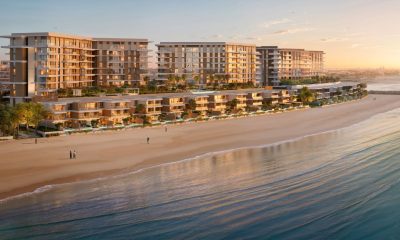
 Real Estate2 months ago
Real Estate2 months agoAl Mouj Muscat Unveils Azura Beach Residences Phase 2: A New Chapter in Waterfront Living
-
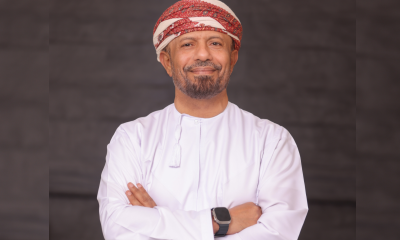
 Leaders Speak2 months ago
Leaders Speak2 months agoDhofar International Development and Investment Company: Driving Sustainable Growth and Strategic Synergies in Oman’s Investment Landscape
-

 Economy1 month ago
Economy1 month agoMaal Card: What Oman’s New National Payment Card Means for Everyday Users
-
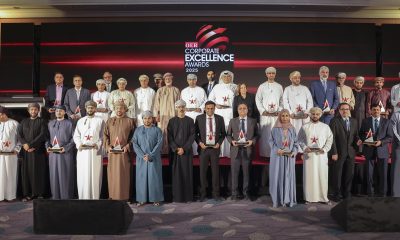
 Events1 month ago
Events1 month agoOER Corporate Excellence Awards 2025 Honours Entities and Innovations in Oman
-
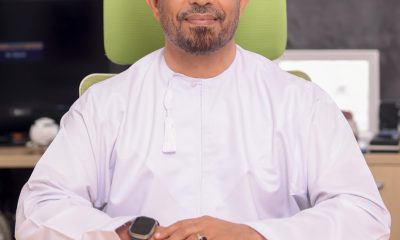
 OER Magazines2 months ago
OER Magazines2 months agoOER, October 25
-
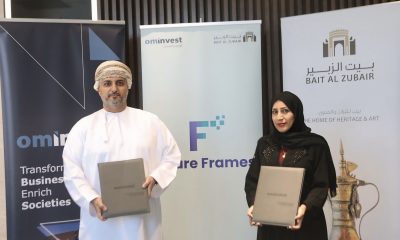
 Arts and Culture2 months ago
Arts and Culture2 months agoOminvest and Bait Al Zubair Launch “Future Frames” to Empower Youth through Art and AI
-
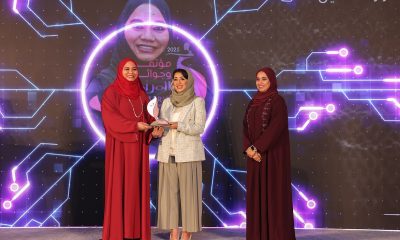
 News2 months ago
News2 months agoMs. Noor Saldin, Founder of Modern Generation International School, Wins Woman of the Year 2025; School Honored for Empowering Future Female Leaders
-

 News1 month ago
News1 month agoSheikh Suhail Bahwan, Chairman of Suhail Bahwan Group, Passes Away































You must be logged in to post a comment Login